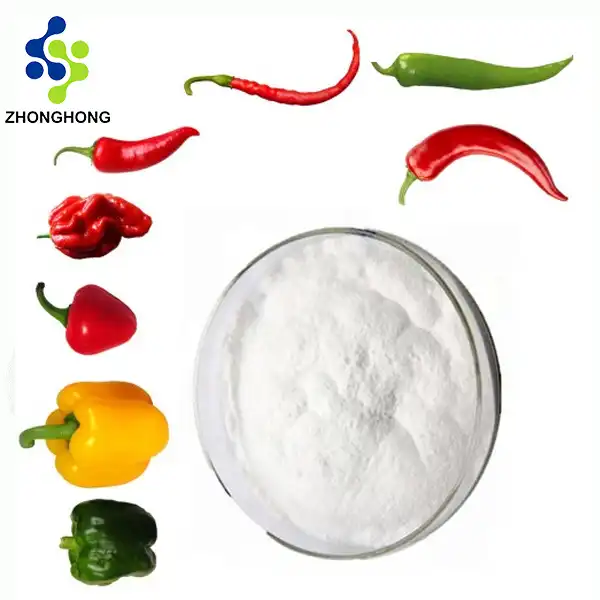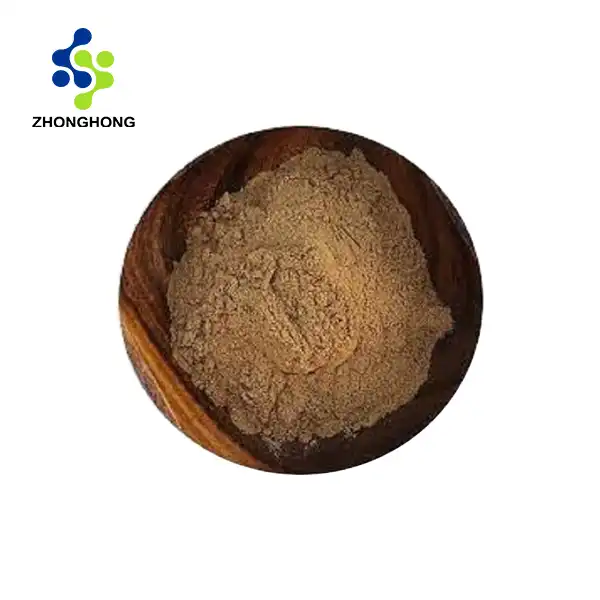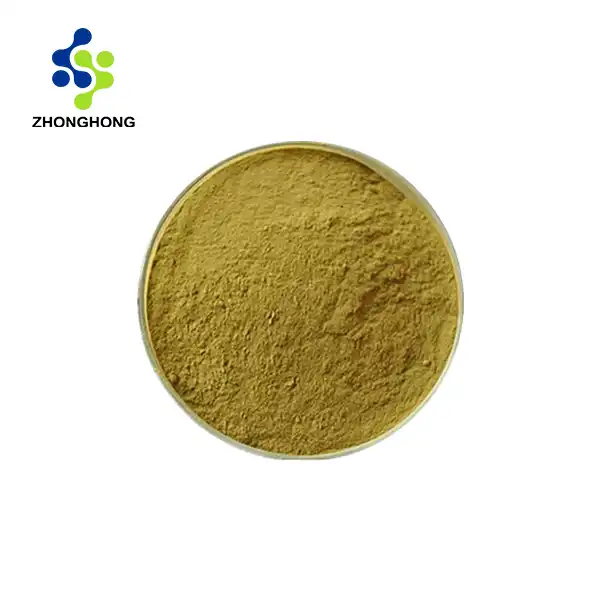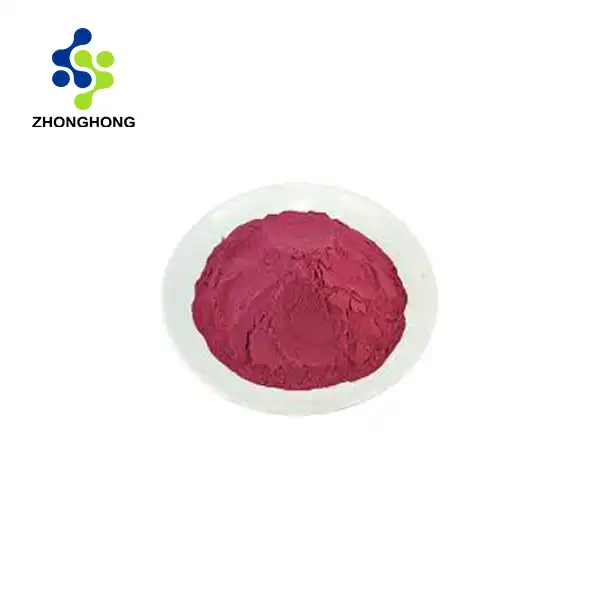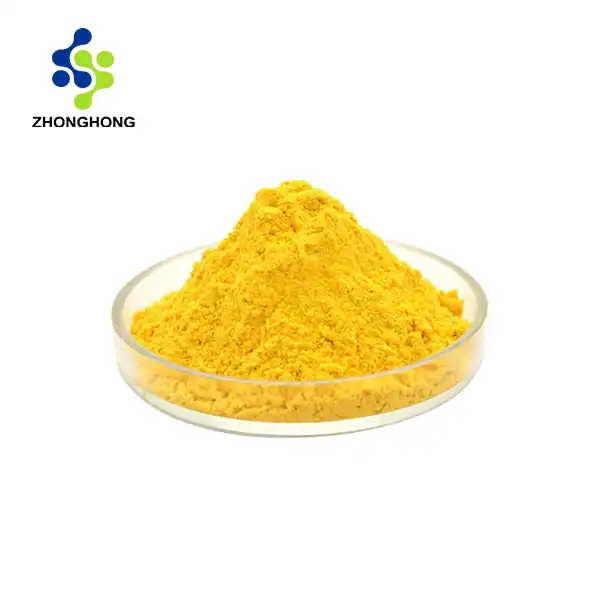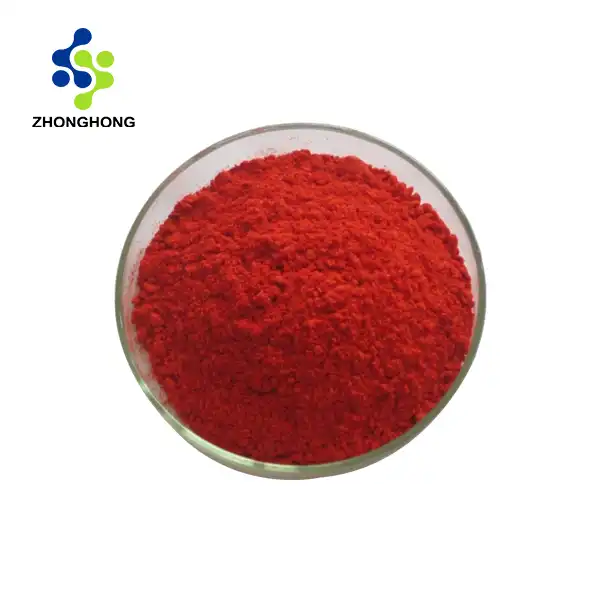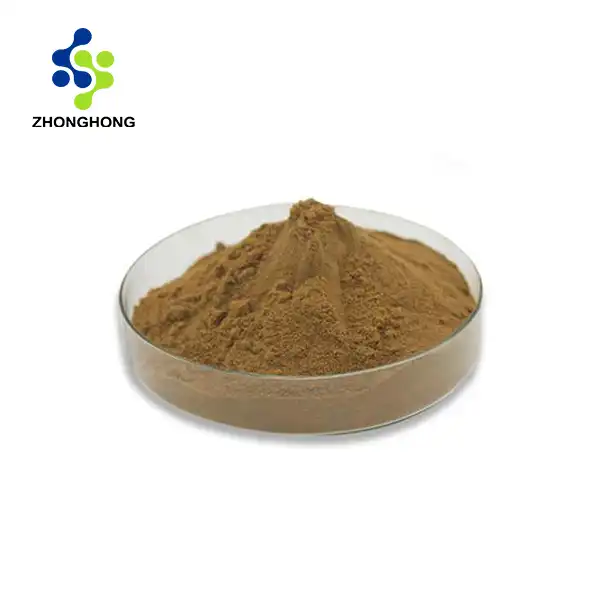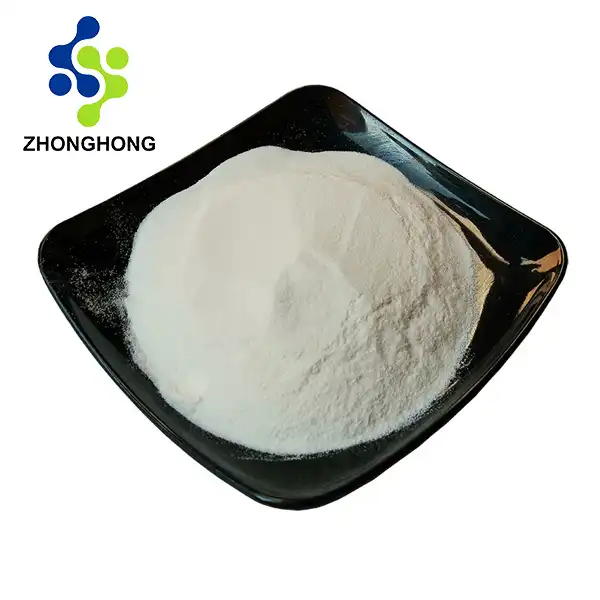The Power of Tetrandrine: Uses and Applications
2024-12-04 22:47:09
Tetrandrine, a bisbenzylisoquinoline alkaloid derived from the root of Stephania tetrandra, has garnered significant attention in both traditional and modern medicine. This powerful compound boasts a wide range of biological activities, making it a subject of intense research and potential therapeutic applications. In this comprehensive exploration, we'll delve into the various uses and applications of tetrandrine, from its traditional roots to its promising role in modern healthcare. We'll examine its effects on different health conditions, its potential as a supplement, and its impact on pain and inflammation. Join us as we uncover the fascinating world of tetrandrine and its multifaceted benefits.
Tetrandrine in Traditional and Modern Medicine
Historical Use in Traditional Chinese Medicine
Tetrandrine has a rich history in Traditional Chinese Medicine (TCM), where it has been used for centuries to treat various ailments. The root of Stephania tetrandra, known as "Han Fang Ji" in TCM, has been a staple in herbal remedies for its anti-inflammatory and analgesic properties. Ancient practitioners utilized this herb to address conditions such as edema, hypertension, and rheumatic diseases. The discovery of tetrandrine as the active compound in Stephania tetrandra has provided scientific validation for many of these traditional uses.
Modern Research and Potential Applications
In recent years, scientific interest in tetrandrine has surged, with researchers exploring its potential in treating a wide array of modern health challenges. Studies have shown promising results in areas such as cancer therapy, cardiovascular diseases, and autoimmune disorders. The compound's ability to modulate various cellular pathways has made it a subject of interest in developing novel therapeutic strategies. Researchers are particularly intrigued by tetrandrine's potential to overcome drug resistance in cancer treatments, offering hope for more effective therapies in the future.
Mechanisms of Action
The versatility of tetrandrine stems from its complex mechanisms of action. It acts as a calcium channel blocker, which explains its effects on cardiovascular health. Additionally, tetrandrine exhibits anti-inflammatory, immunosuppressive, and antifibrotic properties. These multifaceted actions contribute to its potential in treating diverse conditions. Understanding these mechanisms has opened new avenues for drug development and has sparked interest in tetrandrine as a lead compound for creating more targeted and effective medications.
Common Uses of Tetrandrine in Health Supplements
Cardiovascular Health Support
One of the most promising applications of tetrandrine powder in health supplements is its potential to support cardiovascular health. Its calcium channel blocking activity can help regulate blood pressure and improve heart function. Some studies suggest that tetrandrine may help reduce the risk of arrhythmias and protect against ischemia-reperfusion injury. As cardiovascular diseases remain a leading cause of mortality worldwide, the incorporation of tetrandrine in heart health supplements could offer a natural approach to supporting cardiovascular well-being.
Immune System Modulation
Tetrandrine's immunomodulatory properties make it an interesting candidate for supplements aimed at supporting immune health. It has shown potential in regulating immune responses, which could be beneficial in managing autoimmune conditions and inflammatory disorders. Some researchers are exploring its use in supplements designed to support overall immune function and balance. However, it's crucial to note that more research is needed to fully understand the long-term effects and optimal dosages for immune support.
Antioxidant and Anti-Aging Properties
The antioxidant properties of tetrandrine have garnered attention in the field of anti-aging and wellness supplements. By combating oxidative stress, tetrandrine may help protect cells from damage caused by free radicals. This has led to its inclusion in some anti-aging formulations and wellness supplements. While the anti-aging market is vast and often filled with unsubstantiated claims, the scientific basis for tetrandrine's antioxidant effects provides a solid foundation for its use in this area.
Can Tetrandrine Be Used for Pain and Inflammation?
Anti-Inflammatory Mechanisms
The anti-inflammatory properties of tetrandrine have been a subject of extensive research. Studies have shown that it can inhibit various inflammatory pathways, including the production of pro-inflammatory cytokines and the activation of inflammatory cells. This broad-spectrum anti-inflammatory action suggests potential applications in managing chronic inflammatory conditions. The compound's ability to modulate inflammation without the side effects associated with some conventional anti-inflammatory drugs makes it an attractive option for further exploration in pain management strategies.
Pain Management Potential
While more research is needed, preliminary studies indicate that tetrandrine may have analgesic properties. Its ability to block calcium channels and modulate pain signaling pathways suggests potential applications in pain management. Some researchers are investigating its use in combination with other natural compounds to create more effective and safer pain relief options. However, it's important to note that the use of tetrandrine for pain management is still in the experimental stages and should not replace conventional medical advice without proper consultation.
Considerations and Future Research
As with any natural compound, the use of tetrandrine for pain and inflammation requires careful consideration and further research. While initial studies are promising, more clinical trials are needed to establish its efficacy and safety profile for long-term use. Researchers are also exploring optimal delivery methods and dosages to maximize its therapeutic potential while minimizing any potential side effects. The future of tetrandrine in pain and inflammation management looks promising, but it's crucial to approach its use with scientific rigor and caution.
Conclusion
Tetrandrine stands out as a versatile compound with significant potential in various health applications. From its traditional roots to modern scientific exploration, it continues to intrigue researchers and health professionals alike. As research progresses, we may see tetrandrine playing an increasingly important role in developing new therapies and supplements for a range of health conditions. If you want to get more information about this product, you can contact us at liaodaohai@gmail.com.
References
1. Chen, L., & Wang, H. (2020). Tetrandrine: A Comprehensive Review of Its Pharmacology and Clinical Applications. Frontiers in Pharmacology, 11, 1219.
2. Zhang, Y., & Li, X. (2018). Tetrandrine: A Promising Natural Product for Treating Cardiovascular Diseases. Evidence-Based Complementary and Alternative Medicine, 2018, 1-10.
3. Liu, T., Liu, X., & Li, W. (2019). Tetrandrine, a Natural Plant Alkaloid, in the Treatment of Cardiovascular Diseases: A Review. Biomedicine & Pharmacotherapy, 117, 109086.
4. Wang, G., & Lemos, J. R. (2021). Tetrandrine as a Potential Therapeutic Agent for Inflammatory and Neuropathic Pain. Neural Regeneration Research, 16(4), 605-610.
5. Yang, Z., & Xu, Y. (2017). Tetrandrine: A Potent Abrogator of G2 Checkpoint Function in Tumor Cells and Its Mechanisms. Biomedical Reports, 7(2), 135-139.
6. Bhagya, N., & Chandrashekar, K. R. (2016). Tetrandrine – A Molecule of Wide Bioactivity. Phytochemistry, 125, 5-13.
_1728976869676.webp)
